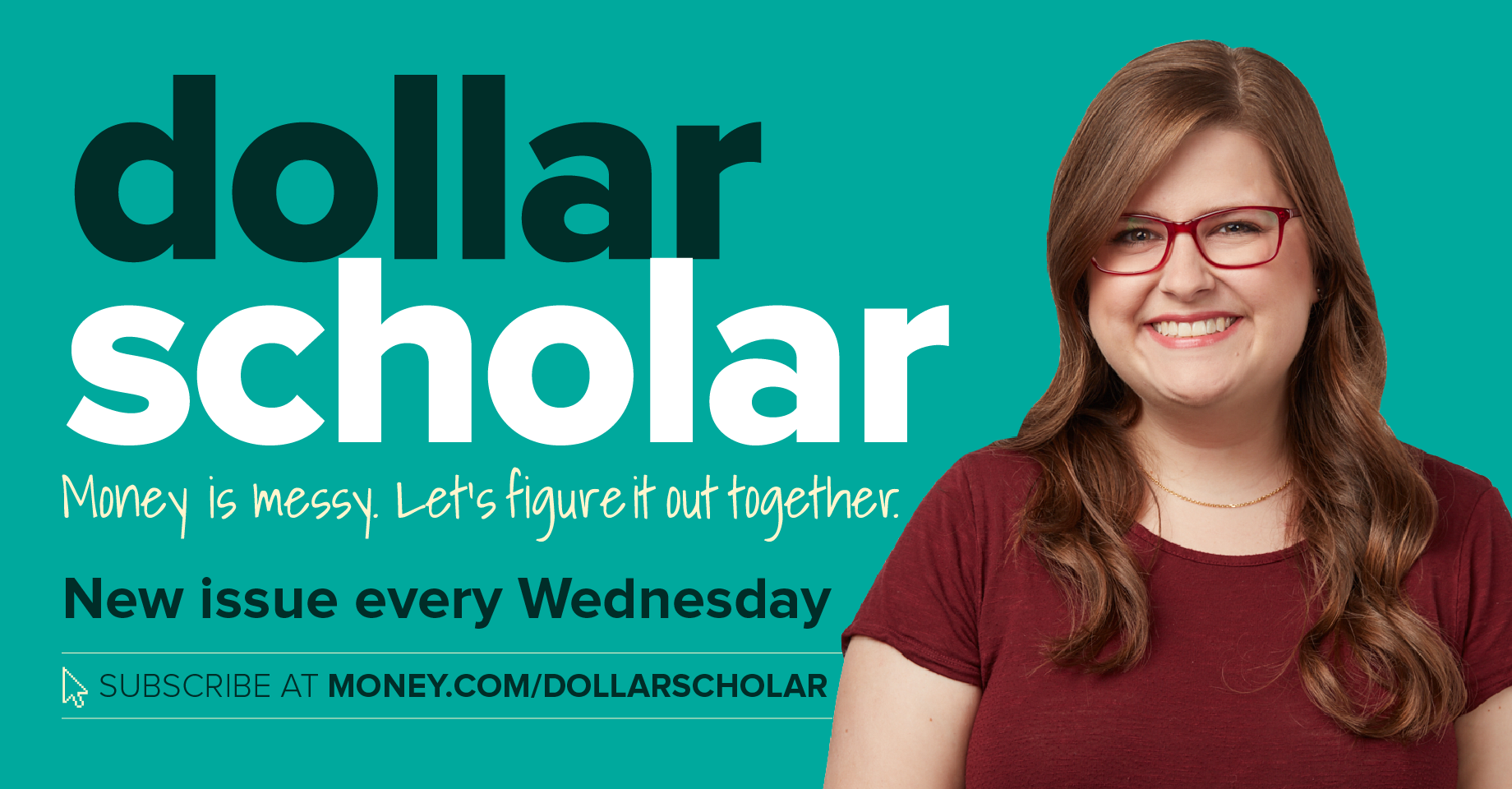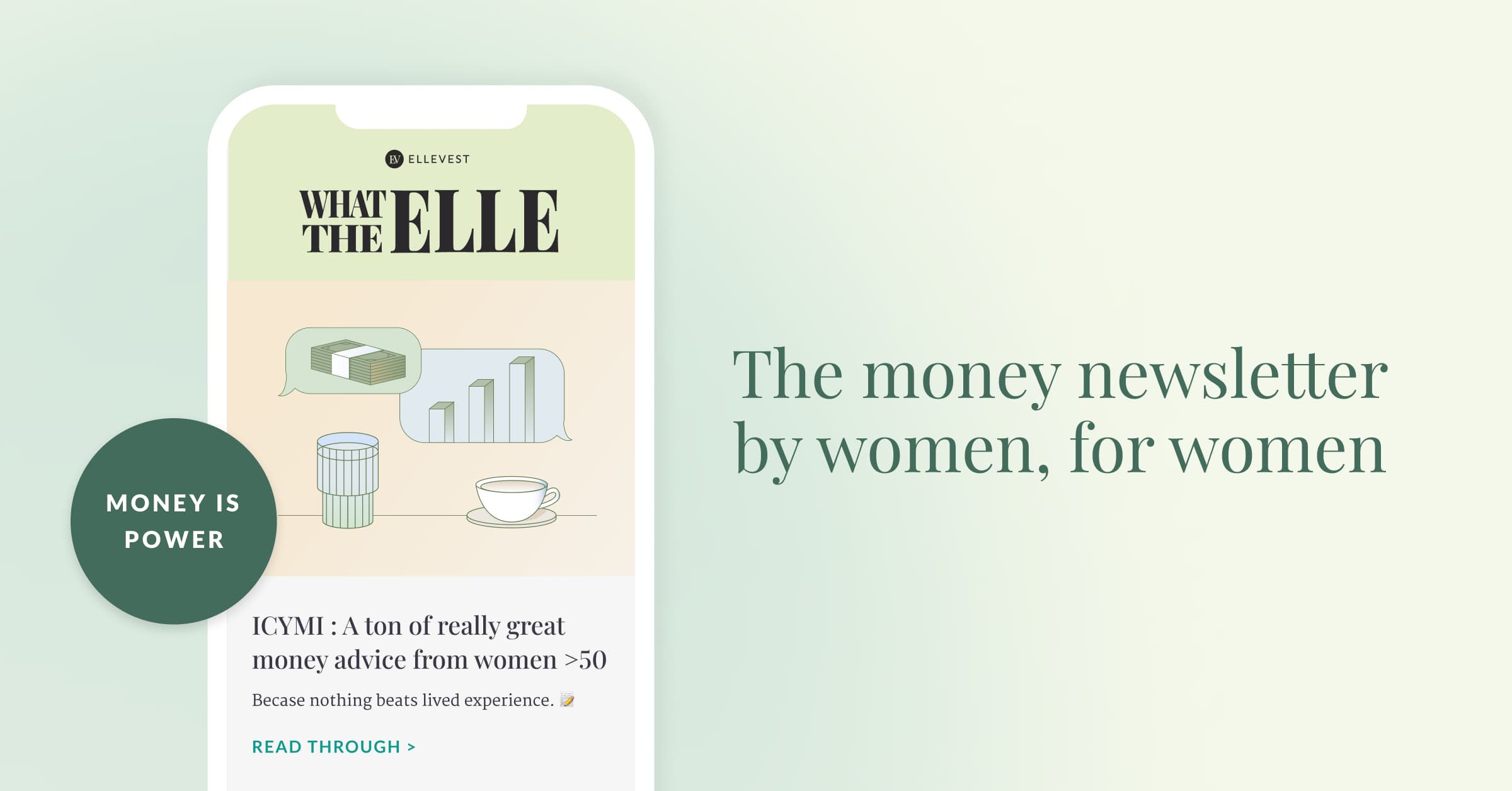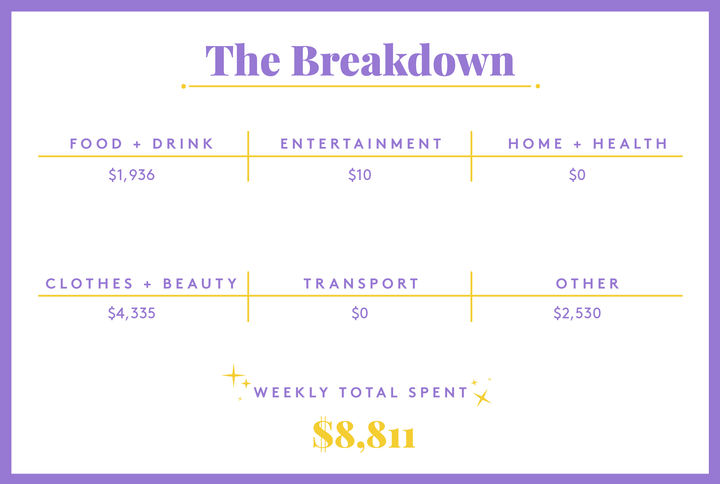Strategy
5 Financial Content Marketing Insights From The Best Email Newsletters
The best email newsletters are like holy grails for content marketers. When you send content straight to your reader’s inbox, you bypass Google’s search algorithm and the changing whims of social media platforms. It’s the most direct connection you can have with your audience, short of showing up at work and slapping a PDF onto their sad desk lunch.
Email newsletters are a particularly useful tool for financial services companies, especially if you’re writing about personal finance. Many forms of financial content marketing from banks take on an advisory role, educating readers on touchy topics like debt and investments. Because of email’s inherent intimacy—it’s just you, your subscriber, and a secret list of every other BCC’d subscriber—financial services content marketing can really shine.
But building an engaged email audience takes a great deal of time. You can promote newsletter subscriptions with pop-ups on your website, advertise on social, and incentivize followers with a referral campaign. Most importantly, though, you have to make sure what’s in the newsletter is worth it for a reader to hand over an email address. If the content is good enough over time, people will come back for more.
We surveyed the best email newsletters covering financial topics, drawing inspiration from many of them. Below are the insights we were able to glean from finance content’s top contenders, from mainstays like NerdWallet down to independent bloggers who have amassed large followings of their own.
1. The best email newsletters launch a new content offering to reach new audiences
For nearly five decades, Money was a glossy finance magazine published by Meredith Corporation. Historically, reporters covered issues of great interest to America’s most wealthy: investing, the stock market, estates. When the publication shuttered its print version and went completely digital in 2019, editors and strategists were given an opportunity to reach into new markets.
That’s where Money email newsletters like Dollar Scholar come in. Written by Julia Glum, this personal finance newsletter covers topics that might have seemed too pedestrian to Money editors in the ’70s and ’80s. A self-professed financial newbie, Glum explores a different tricky finance topic in each issue, and her candid explorations have attracted a younger, less experienced audience to Money.

Executive editor Mike Ayers told me Dollar Scholar was his attempt at expanding the magazine’s target audience, and it seems to have worked. “Starting email newsletters was a growth move for us,” Ayers said. “It’s great to target each newsletter at a different subset of people, and we didn’t have current offerings for young people newer to finance.”
Not only has Dollar Scholar grown since its inception, but Glum also receives a ton of reader replies from folks who want certain topics covered. Overall, it has increased engagement in a very particular target demo that Money wasn’t serving before.
2. Keep it snappy
While generating valuable content should be a top priority for anyone exploring email marketing for financial services, it’s also important to remember that most people are just skimming subject lines and hitting the “delete” button—especially when they see a wall of text.
Luckily, one of the great things about financial content marketing is that you don’t always have to publish long-form deep dives or exhaustive investigations into complex markets. Robinhood Snacks, for example, delivers a daily bite-sized, three-minute dose of financial news.

It’s a winning formula. As of 2022, the newsletter had 40 million subscribers—a whopping 18 million more people than actual stock trading customers on Robinhood. If readers find those quick summations interesting, they’re more likely to head to the company’s homepage.
With customers yearning for easily digestible financial content, content creation becomes a much more manageable challenge. As long as you can link it back to money, you can explore anything from snappy lifestyle content to short celebrity interviews, quick personal essays to visual explainers.
3. Don’t just publish a digest
It can be a seductive idea to treat your brand’s social channels and email newsletters like an RSS feed. But you can’t just dump all your published content on your readers and expect them to engage.
Take Nerdwallet’s finance newsletter as an example. The brand publishes stories on a wide berth of financial-related topics, from budgeting to credit cards, but its email newsletter is hyper-specific to investing and company spotlights. This makes the call to action more enticing, because Nerdwallet isn’t just asking readers to opt into their entire publishing output each week. People respond well to CTAs if they’re specific because we all want our content to feel tailored to us.
4. Be honest
Financial content marketing is tough to create for many reasons. Sure, you want to encourage readers with aspirational optimism, but you should also keep their expectations realistic. Meanwhile, content creators working at banks or financial institutions ultimately want readers to trust them, which can be a tricky thing to work toward if you’re also selling products in a sensitive market.
Ellevest’s monthly “What the Elle” finance newsletter navigates this balancing act with finesse. Led by Wall Street veteran Sallie Krawcheck, What the Elle doesn’t dodge tough issues like sexism in hiring or money talks in relationships. Their all-women team champions “financial feminism,” blending honest financial advice with product promotion—namely, its platform designed to help women invest their money—without feeling like a swindle.

Yes, your readers are coming to you for sound financial advice, but they also don’t want to read a thinly veiled piece of marketing. It’s okay to point out the reality of, say, gender wage gaps while writing honestly about the helpful products your financial services company offers.
5. Keep topics personal and relatable
If you ever feel overwhelmed with the financial industry and all the topics it encompasses, bring yourself back down to earth by focusing on the stories of customers and individuals.
Refinery29’s runaway hit series Money Diaries is a perfect distillation of what can happen when a brand focuses on folks’ unique relationships with money.

The concept is simple: An anonymous woman reveals her annual salary and expenses, and she takes readers through a typical day in her life, explaining her reasoning each time she spends money. Sometimes, the prices in other cities provide shock value; other times, it’s just the intrigue of seeing how others casually spend nearly $9,000 in a week.
Feeling inspired by this type of financial content marketing?
What are the problems your customers face, and what about money makes them feel guilty, anxious, or fearful? These best email newsletters demonstrate how you can assuage common unpleasant emotions by writing about them. At the end of the day, covering a topic confirms that it’s a normal and worthwhile thing to explore. You can give your readers a sense of normalcy by approaching their worries with great content, and that kind of connection builds trust over time.
We’re here to help you navigate financial content marketing—to learn more, request a demo and chat with our sales team.
Get better at your job right now.
Read our monthly newsletter to master content marketing. It’s made for marketers, creators, and everyone in between.




